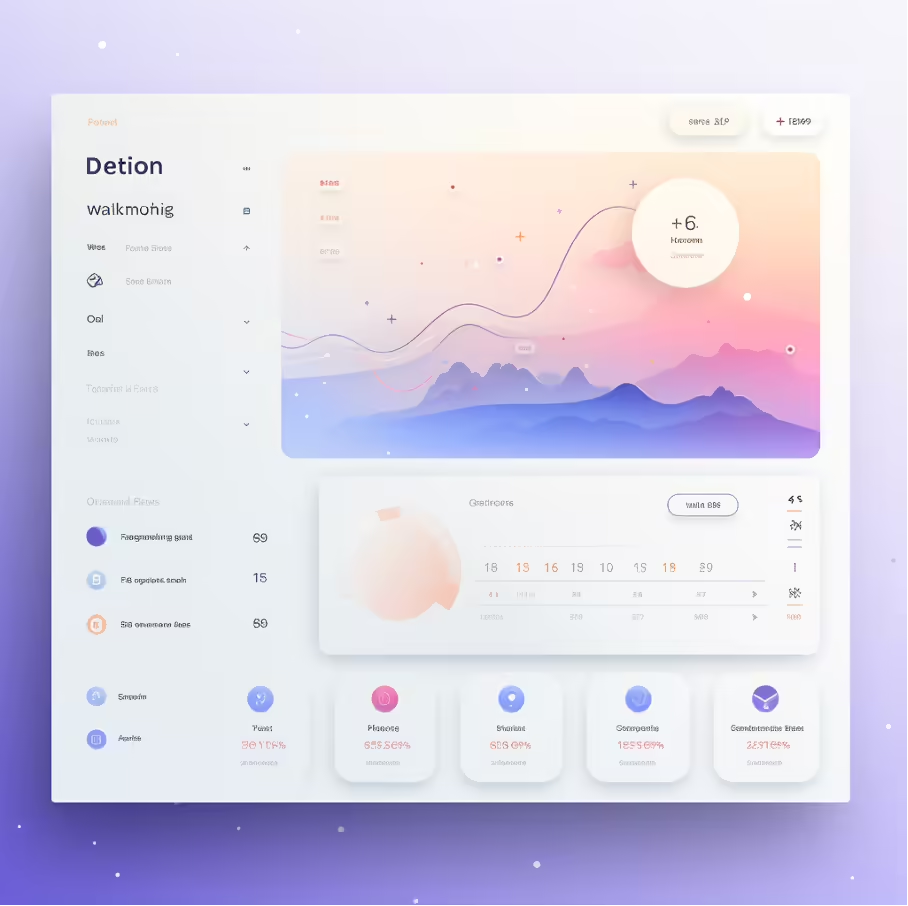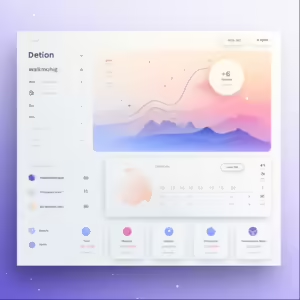User Experience (UX): Designing the user experience in the digital world
User Experience (UX) is a central concept in the design of products, systems and services, especially in the digital sector. It covers all aspects of a user's interaction with a company and its products, with the aim of creating a positive and effective experience. This article explains what UX means, why it is important and how it is implemented in the development of digital products.
What is User Experience?
User experience refers to the totality of experiences a person has when interacting with a product or service. This includes not only the user interface (UI), but also factors such as design, usability, accessibility, performance and efficiency. A good UX ensures that products are not only functional and user-friendly, but also provide joy and satisfaction when using them.
Importance of User Experience
- Increasing customer satisfaction: A positive UX leads to higher customer satisfaction and loyalty.
- Improving usability: UX design helps make products more intuitive and easier to use.
- Competitive advantage: Products with an outstanding UX stand out in the market.
- Increase conversions: Good UX can lead to higher conversion rates as users are more inclined to use a product or complete a purchase.
Elements of the user experience
- User research: Understanding the needs and wants of the target audience.
- Design: Visual design, interaction design and information architecture.
- Usability: Simplicity and efficiency in using the product.
- Content strategy: Useful, understandable and engaging content.
- Accessibility: Design that is accessible to people with disabilities.
UX design process
- Research and analysis: collecting information about users and their needs.
- Conception and prototyping: Development of design concepts and creation of prototypes.
- Usability testing: Verification of concepts and designs through tests with real users.
- Iteration: Constantly improving the design based on user feedback.
Challenges in UX design
- Inclusion of all user groups: Taking into account the needs of a broad user base.
- Balance between aesthetics and functionality: creating an attractive design that is functional at the same time.
- Adapting to technological changes: Constantly evolving design according to new technologies and trends.
Conclusion
User experience is a crucial element in the development and design of digital products. A well-thought-out and implemented UX not only increases user satisfaction and loyalty, but also contributes significantly to the success of a product. In an increasingly digitalized world, the importance of UX will continue to grow as companies strive to provide unique and valuable experiences to their customers.






